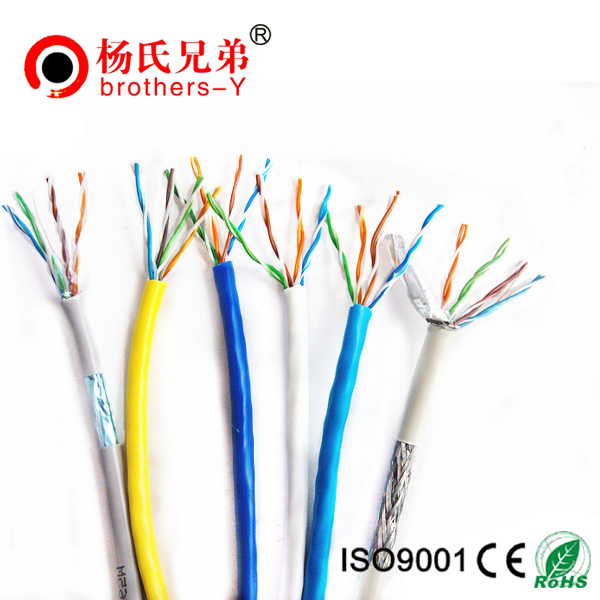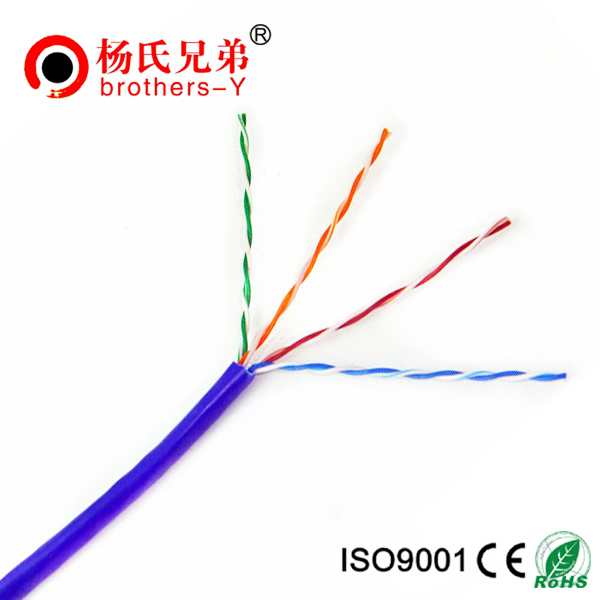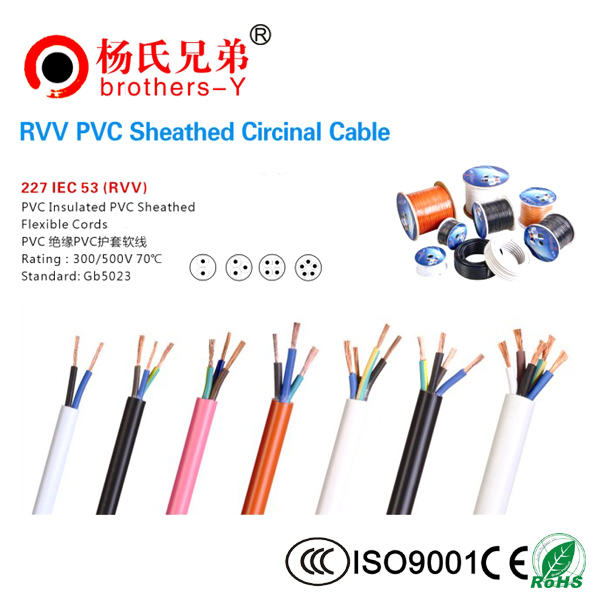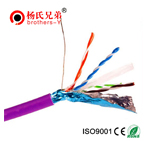Analysis of the North American Wire and Cable Materials Market
Analysis of the North American Wire and Cable Materials Market
This research service offers a detailed analysis of the cable materials market in North America. This research gives insight into the competitive structure and the challenges, drivers, and restraints that influence the total market. The market is segmented primarily by polymer type, including polyvinyl chloride (PVC), polyolefin, fluoropolymer, and polyamide. The market also is examined by end applications, including the power cable materials segment, the building cable materials segment, and the communication cable materials segment. Furthermore, predictions about the future of the market are provided. The base year is 2011, and forecasts are provided to 2018.
This study examines the market for polymer materials in the following North American wire and cable end application segments:
Power cables
Building wire
Communication cables
Because of its sheer volume, the building wire segment, including low-voltage wire and cable, is the biggest segment in the market. This segment has suffered because of the slowdown in construction activities.
The communication cables segment is growing faster than the building wire segment. In particular, demand for optical fibers is increasing. Due to the relatively lower production costs in emerging markets, power cable production is migrating away from developed markets.
Many plastics are used as insulation and jacketing materials for wires and cables. The selection of the insulation of jacketing material depends on the material’s ability to meet cable specifications such as voltage rating, electrical transmission, and mechanical and environmental performance.
The market is dominated by polyvinyl chloride (PVC) and polyolefins, which together account for 85.0 percent of polymer usage in the wire and cable industry.
The demand for wire and cables, and therefore the demand for the polymers that comprise them, is dependent on growth in infrastructure, power generation, transmission and distribution, industrial development, and commercial and residential construction projects.
Major changes in terms of industry structure have been occurring downstream from the suppliers in the North American wire and cables industry.
Cable manufacturers are consolidating, which has resulted in increased market concentration rates.
This consolidation has also resulted in the shrinking of the potential market for small, independent compounding producers, as the larger cable companies increase their in-house compounding activities.
Another trend affecting the industry is the growing awareness of and concern about the environmental effects of toxic emissions from waste disposal and the recycling of plastics, especially those containing halogenated materials.
Globalization is another trend in the cables industry, and large manufacturers are establishing plants in many different countries. Also, North American cable makers and resin suppliers tend to form strategic alliances on a global scale.
These structural changes in the cables industry benefit large global suppliers of cable resins and compounds, rather than domestic suppliers that do not have global market coverage.
Wire and cable materials can be considered commodity products. In such a market, product differentiation, research and development, and branding are extremely important and are key success factors.
Information about
- Key Elements for Cable Installation Success
- More details & technology between network cable
- Difference between CAT 5e patch cable and CAT 5e. crossover cable
- RJ45 Colors and Wiring Guide Diagram TIA/EIA 568A/568B
- Twisted-Pair Cable
- What Is The Difference Between Cat 5, Cat 5e, and Cat 6 Cable
- CAT 6A shielded systems are becoming the ideal choice for ... 10GBASE-T over copper cabling.
- How to install additional phone lines?
New Products
Top articles
- Are there any advantages to using Cat 6 cable for computer networking?
- Are there any problems with using patch cables that are less than a foot long? If so, what are they?
- Letter of Invitation for CTICC
- What are some common uses for Cat5e ethernet cable?
- 10 Gigabit Ethernet interconnect solutions: Investigate carefully before choosing
- Mixing CAT 6A shielded cable with CAT 6 UTP or CAT 5e UTP cables isn’t an issue.
- What cable do I use to connect a PC to a DSL or Cable modem?
- Analysis of the Underground Transmission and Distribution Cables Market
- Is there any benefit to using CAT 5e solid conductor cable?
- Mixing CAT 6A shielded cable with CAT 6 UTP or CAT 5e UTP cables isn’t an issue
Latest articles
- 2014 CeBIT Australia
- 2014 CeBIT Germany
- 2014 International CES
- Vietnam Telecomp 2013
- ROHS Certificate For Lan Cable
- CE Certificate For Power Cable
- ROHS Certificate For Power Cable
- UL Certificate For Communication Cable
- Are there any advantages to using Cat 6 cable for computer networking?
- Are there any problems with using patch cables that are less than a foot long? If so, what are they?














